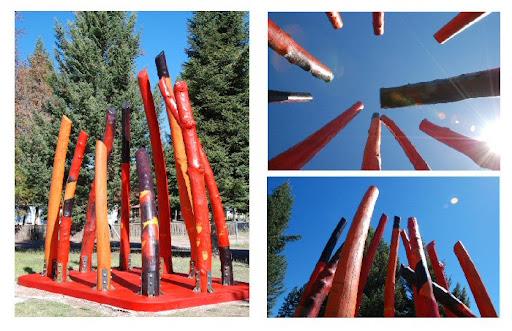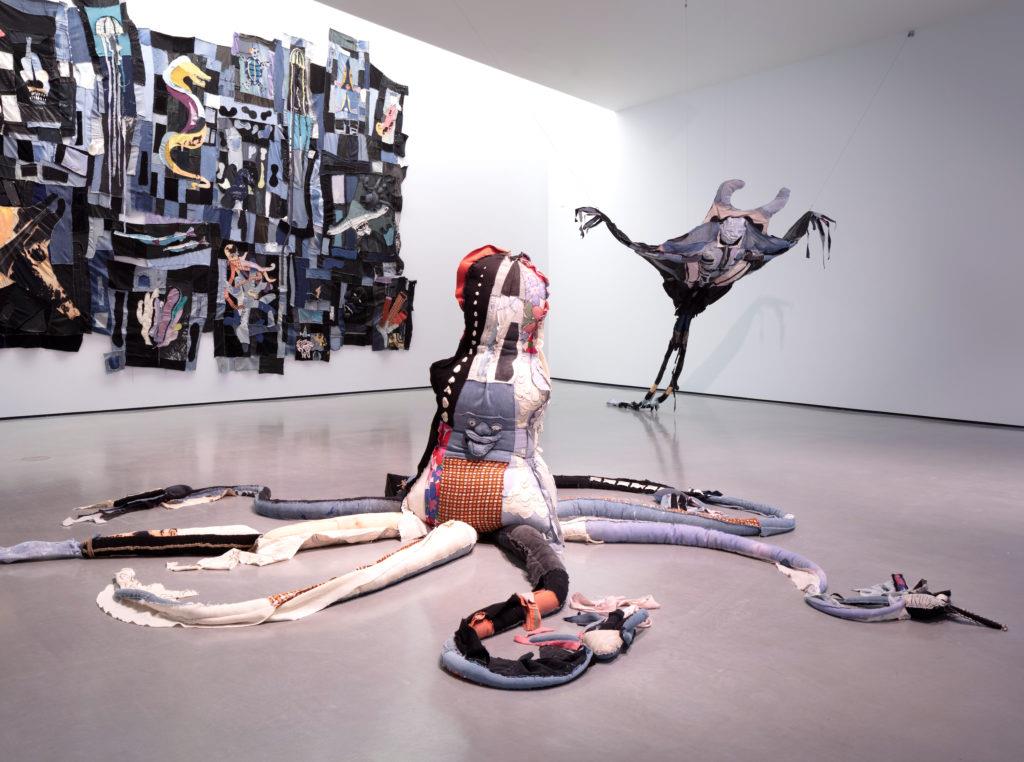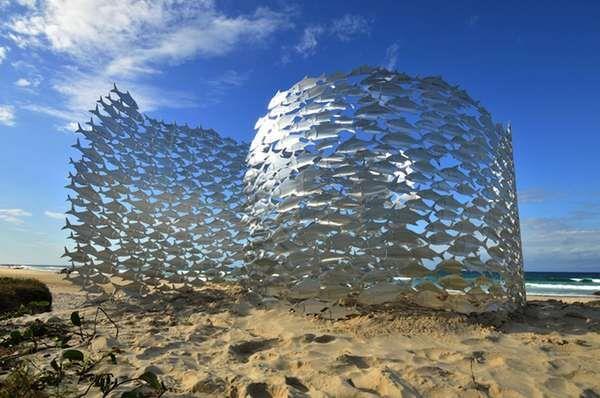
Sustainable Practices In American Sculpture: Shaping The Future Of Eco-Friendly Art
As societies worldwide grapple with environmental challenges, artists in America are stepping up to foster sustainability through their work. American sculpture, with its rich history and diverse mediums, is increasingly integrating eco-friendly materials, methodologies, and philosophies. This article explores sustainable practices in American sculpture while examining some notable artists leading the charge toward a more environmentally-aware art world.
Understanding Sustainable Art

Sustainable art refers to the creation of artworks that consider their environmental impact, both in terms of the materials used and the energy consumed in their production and display. It is an ethos that extends beyond the mere use of recycled or sustainable materials; it encompasses the life cycle of the artwork, from inception to disposal. In the context of American sculpture, sustainable practices can manifest through the use of locally-sourced materials, minimalistic designs, and an emphasis on natural forms or processes.
Historical Context: The Evolution of American Sculpture
To understand the current landscape of sustainable practices in American sculpture, one must first appreciate its evolution. With roots extending back to indigenous cultures, American sculpture has undergone various transformations through modernism to contemporary art. Noteworthy sculptors, such as Alexander Calder and Louise Nevelson, have challenged materials and forms, paving the way for today's eco-conscious artists. In the latter half of the 20th century, as environmental awareness began to rise, artists began recognizing their role in addressing ecological issues through their works.
The Role of Material Selection in Eco-Friendly Art

Installation view of Tau Lewis's (clockwise, from centre) Miracle of the deep sea, The Coral Reef Preservation Society and Devil Ray (all 2019) at the Yorkshire Sculpture International, 2019. Courtesy Hepworth Wakefield, West Yorkshire. Photo: Lewis Ronald.
A Shift Towards Recycled and Natural Materials
Sculptors committed to sustainability are increasingly purposing recycled materials into their works. This trend not only reduces waste but also reminds audiences of the potential beauty in discarded objects. Artists like Mark Jenkins and his use of plastic trash to create guerrilla installations emphasize the importance of upcycling. Sculptors are also guided by a philosophy that embraces natural materials like wood, stone, and clay-elements that blend seamlessly into their natural surroundings, allowing their works to coexist harmoniously with nature.
Innovative Techniques in Material Use
Beyond choosing eco-friendly materials, sculptors are innovating ways to manipulate these substances that further reduce their environmental footprints. Techniques such as 3D printing are becoming central to the sustainable art movement. Artists can print sculptures using biodegradable filaments made from renewable resources, leading to lower energy consumption and waste compared to traditional sculpting methods. This innovation opens new avenues for sculptors to create complex forms while adhering to eco-friendly standards.
The Creative Process: Sustainable Methodologies
Energy Efficiency in Production
Sustainable practices extend into the studio, where artists are adopting energy-efficient methods to minimize their impact. Techniques such as solar-powered workshops and the use of sustainable energy sources help sculptors reduce their carbon footprints. These innovations emphasize an artist's responsibility toward the environment at every stage of the creative process.
Interactive and Community-Based Sculptures
Another notable trend in sustainable sculpture is the rise of interactive and community-based installations. These projects invite community participation, not just as viewers but as active contributors to the artwork itself. Artists like Theaster Gates utilize local materials and engage communities to transform neglected urban spaces into vibrant sculptures, garnering collective pride while promoting sustainability. Such initiatives often reflect local histories and celebrate diverse cultures, fostering a sense of belonging while working toward ecological preservation.
Notable Artists Leading the Charge
Andrea Zittel: Form Meets Function
Andrea Zittel's work embodies the intersection of functionality and sustainability. Utilizing sustainable practices, Zittel creates installations and sculptures that double as living and working spaces, merging art with everyday life. Her commitment to using natural and recycled materials reflects her deep-seated beliefs about consumption and environmental responsibility.
Chris Jordan: Confronting Consumerism
Through captivating sculptures and installations, Chris Jordan confronts issues of consumerism and waste. His work illustrates the magnitude of human consumption and its impact on our planet, effectively using his art as a vehicle for awareness and change. By transforming waste into art, Jordan provokes dialogue around sustainability while advocating for eco-friendly practices in both art and life.
Maya Lin: Nature and Human Intervention
Known primarily for her memorial designs, Maya Lin's sculptural works often explore the relationship between nature and human intervention. Lin's installations frequently employ sustainable materials and techniques, addressing ecological themes and the importance of environmental protection. Through her art, she invites viewers to engage intellectually and emotionally with nature's fragility, framing sustainability as an urgent societal necessity.
Challenges and Future Directions
While the sustainable art movement in American sculpture is gaining momentum, several challenges persist. Issues surrounding funding, public perception, and the commodification of art complicate the broader adoption of eco-friendly practices. Educating audiences on the significance of sustainability in the art world is critical to fostering a culture that values and supports these initiatives.
Moreover, as the art market continues to evolve, the role of collectors, galleries, and institutions in supporting sustainable practices will be paramount. Artists need to collaborate with these stakeholders to create systems that prioritize sustainability, ensuring that future generations of sculptors can thrive in an eco-conscious environment.
A Vision for Sustainable Sculpture
The fusion of art and sustainability is transforming the landscape of American sculpture. Artists are drawing on innovative practices, materials, and philosophies to create works that do not just exist in isolation but resonate with their environments and communities. As the movement continues to unfold, the commitment to sustainability within the sculptural realm challenges established notions of art, inviting us to consider the larger impact of our creative endeavors on the planet. In doing so, sustainable practices in American sculpture are not only shaping the art world of today but also igniting a vision for a more eco-friendly future.

Legal Disclaimer:
MENAFN provides the
information “as is” without warranty of any kind. We do not accept
any responsibility or liability for the accuracy, content, images,
videos, licenses, completeness, legality, or reliability of the information
contained in this article. If you have any complaints or copyright
issues related to this article, kindly contact the provider above.

















Comments
No comment